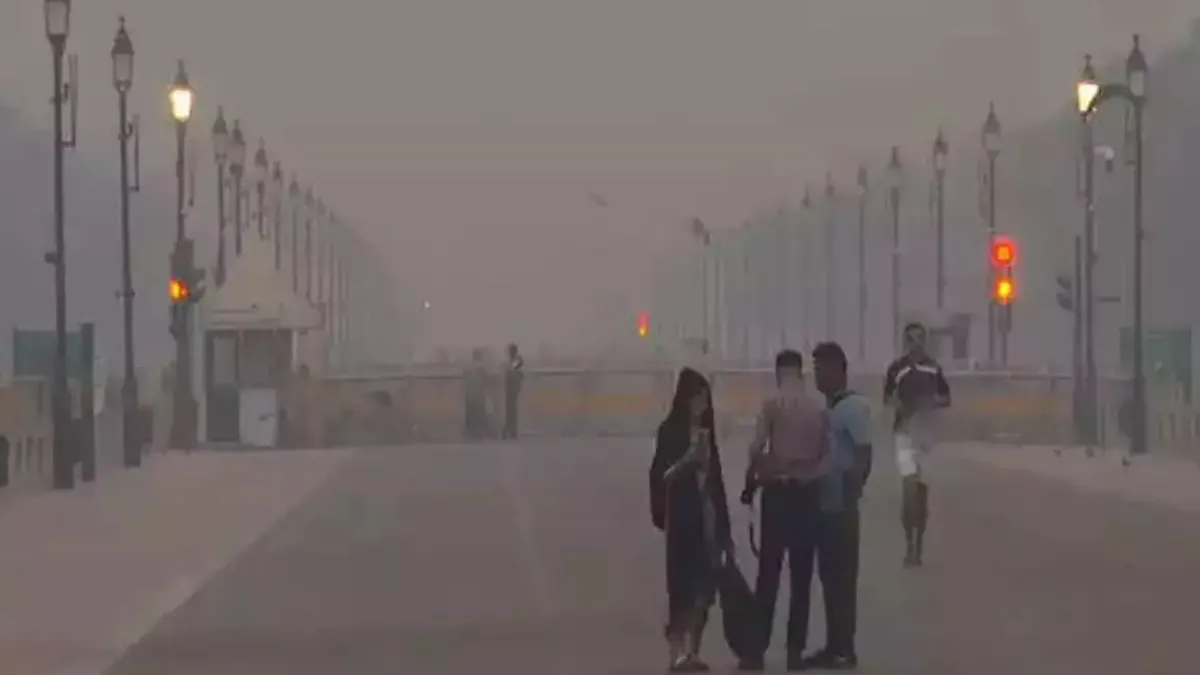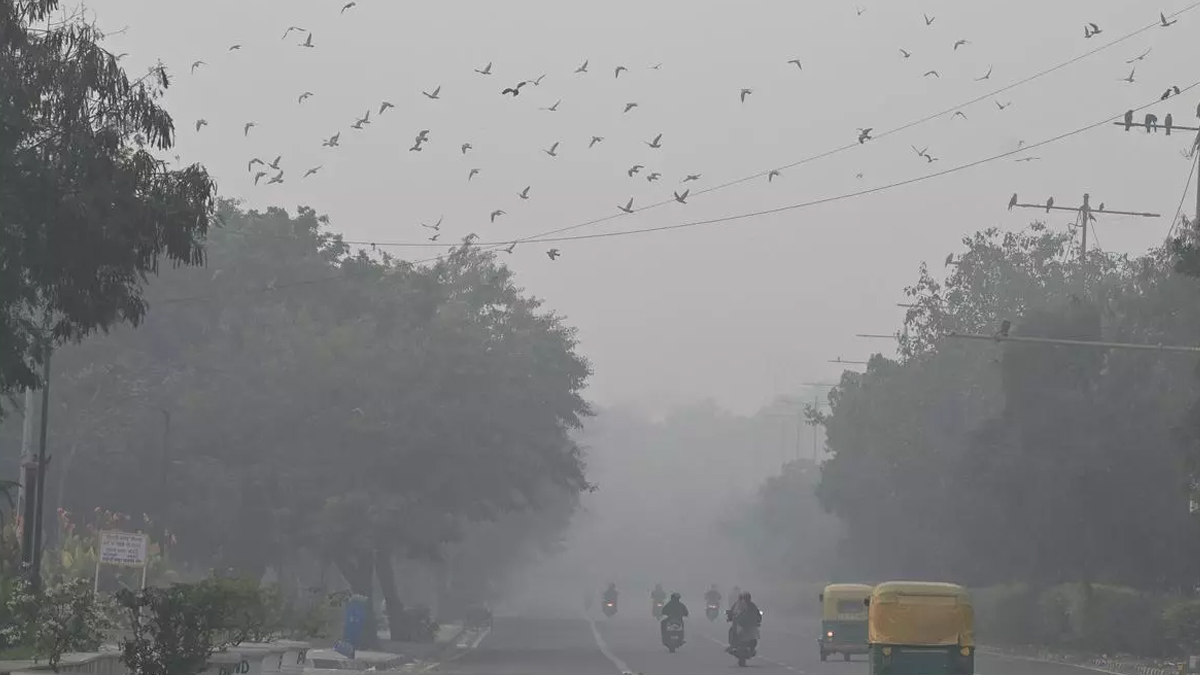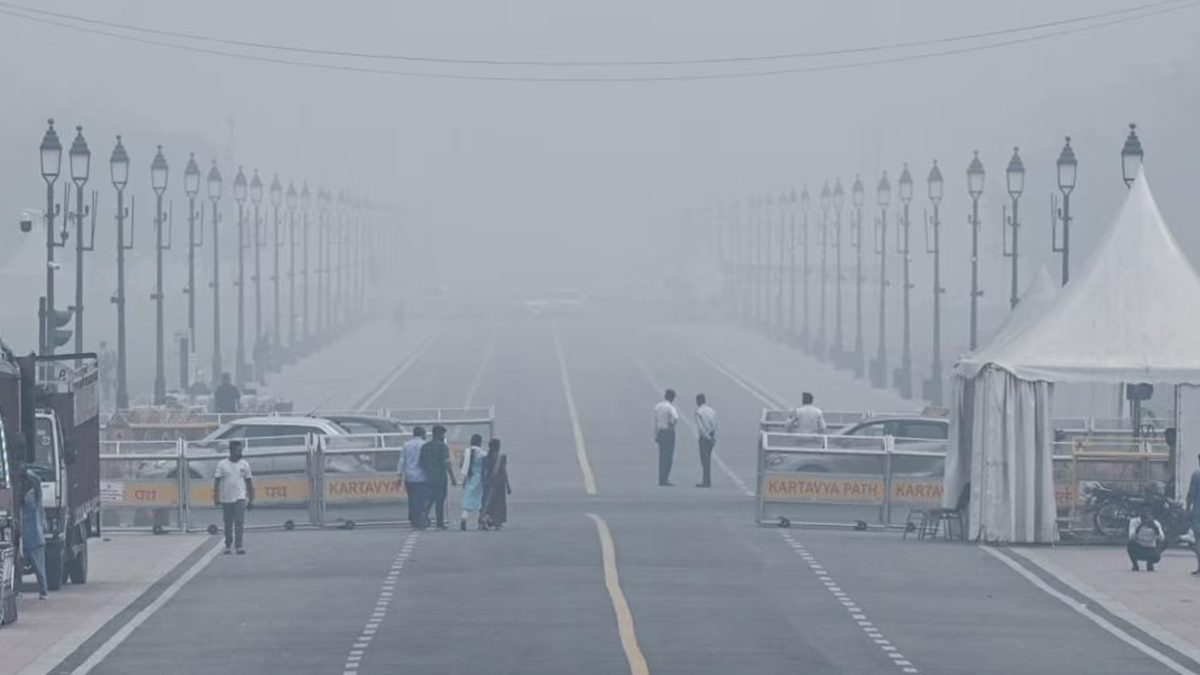
As winter tightens its grip on Delhi-NCR, air pollution has once again become a pressing concern. The Air Quality Index (AQI) in the region remains firmly in the 'poor' category, with no immediate relief in sight. Recognising the urgency of the situation, the Commission for Air Quality Management (CAQM) has updated the Graded Response Action Plan (GRAP) to combat the rising levels of toxic air. These measures aim to curb pollution, particularly during the colder months when the problem tends to worsen.
Table of Content:-
The Winter Pollution Challenge in Delhi-NCR
Winter in Delhi is notorious for its declining air quality, compounded by factors such as low temperatures, reduced wind speeds, and increased biomass burning. With AQI figures hovering between 200 and 300 across various parts of the region, citizens are grappling with the health hazards associated with prolonged exposure to polluted air. Alipur, Anand Vihar, and Chandni Chowk are among the areas recording some of the highest pollution levels, making urgent intervention critical.

GRAP Revamped: What’s New?
To address this perennial crisis, the CAQM has introduced revisions to GRAP, a multi-tiered plan designed to tackle pollution based on AQI thresholds. Here’s a breakdown of the latest changes:
Hybrid Learning for Schools
On days when the AQI touches alarming levels, schools will adopt a hybrid learning model. This measure allows students to attend classes online, reducing the risk of health issues caused by outdoor exposure to polluted air.
Also Read: Mumps Outbreak Grips Kerala: Thiruvananthapuram Sees 50+ Daily Cases, Health Officials Sound Alarm
Restrictions on Non-Green Transport
Interstate buses entering Delhi from neighbouring states will be restricted unless they run on electric, CNG, or BS-VI diesel engines. This step, implemented under GRAP Stage II, aims to reduce emissions from outdated diesel vehicles.
Exemptions for Persons with Disabilities
Under GRAP Stage III, people with disabilities are now exempt from the ban on older vehicles using BS-IV diesel and BS-III petrol. This thoughtful addition ensures mobility for those who rely on personal vehicles for transportation.

Electric Heaters for Essential Workers
To discourage open burning of waste for warmth, resident welfare associations (RWAs) have been directed to provide electric heaters to essential workers. This initiative targets employees involved in sanitation, security, and gardening.
Restrictions on Diesel MGVs
Diesel medium goods vehicles (MGVs) adhering to BS-IV or older standards will be banned in Delhi, except those transporting essential goods. This restriction seeks to curb emissions from heavy-duty vehicles, a major contributor to urban air pollution.
Also Read: Central and South America Hit by Record-Breaking Dengue Fever Outbreak; Know All About Prevention
The Road Ahead: Implementing Stricter Controls
The revised GRAP norms are not just about reducing pollution but also urging states to enforce stricter controls. As part of the broader strategy, authorities are expected to monitor compliance closely and penalize violators. Local governments, RWAs, and individuals all have a role to play in ensuring these measures are effective.
As of December 14, the AQI in Delhi remains dismal, with areas like Bawana and Mundka registering readings of 278 and 264, respectively. Popular hubs such as Nehru Nagar and IGI Airport (T3) recorded AQI levels of 247, while Anand Vihar stood at 249. Such figures highlight the scale of the challenge and underline the need for immediate action.
Bottomline: A Collaborative Effort for Cleaner Air
While the updated GRAP measures offer a structured approach to tackling pollution, their success hinges on collaboration between authorities, local organisations, and residents. The toxic air crisis in Delhi-NCR is a reminder that combating pollution requires not just policy changes but also behavioral shifts. As the city battles to breathe, these interventions provide hope for a cleaner, healthier future.
Also watch this video
Read Next
Malaria Cases In India Drop By 93%, Deaths Toll Down By 68%: WHO Report | Here's What Went Right
How we keep this article up to date:
We work with experts and keep a close eye on the latest in health and wellness. Whenever there is a new research or helpful information, we update our articles with accurate and useful advice.
Current Version